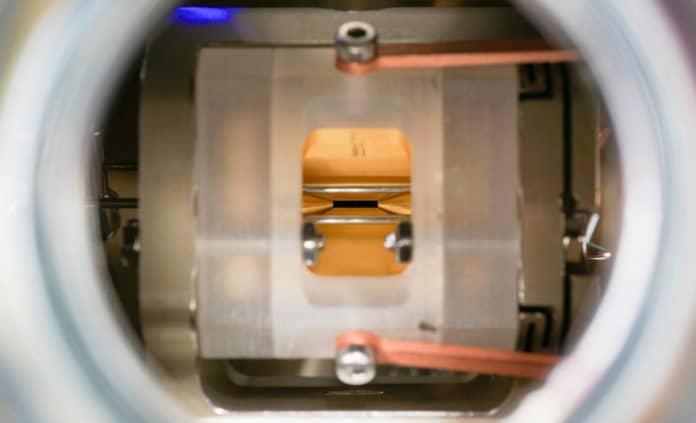Despite the importance of quantum measurement, in theory, it still holds unanswered questions: Does a quantum state collapse instantly during an analysis? If not, how much time does the measurement process take, and what is the quantum state of the system at any intermediate step?
Now, a collaboration of scientists from Sweden, Germany, and Spain has answered these questions using a single atom – a strontium ion trapped in an electric field. By producing a “film” consisting of pictures taken at various times of the estimation, they demonstrated that the change in the state happens gradually under the measurement impact.
Fabian Pokorny, a researcher at the Department of Physics, Stockholm University, said, “Whenever we measure the orbit of the electron, the measurement will answer that the electron was either in a lower or higher orbit, never something in between. This is true even when the initial quantum state was a superposition of both possibilities. The measurement, in a sense, forces the electron to decide in which of the two states it is.”

Through this film, scientists observed the evolution during the measurement process. The individual pictures show tomography data where the height of the bars uncover the degree of superposition that is still preserved. During the estimation, some of the superpositions are lost – and this loss happens gradually – while others are protected as they ought to be for ideal quantum measurement.
Markus Hennrich, group leader of the team in Stockholm, said, “These findings shed new light onto the inner workings of nature and are consistent with the predictions of modern quantum physics.”
These results are also crucial beyond fundamental quantum theory. Quantum measurement is an essential part of quantum computers. The group at Stockholm University is working on computers based on trapped ions, where the measurements are used to read out the result at the end of a quantum calculation.
The study is published in the journal Physical Review Letters.
